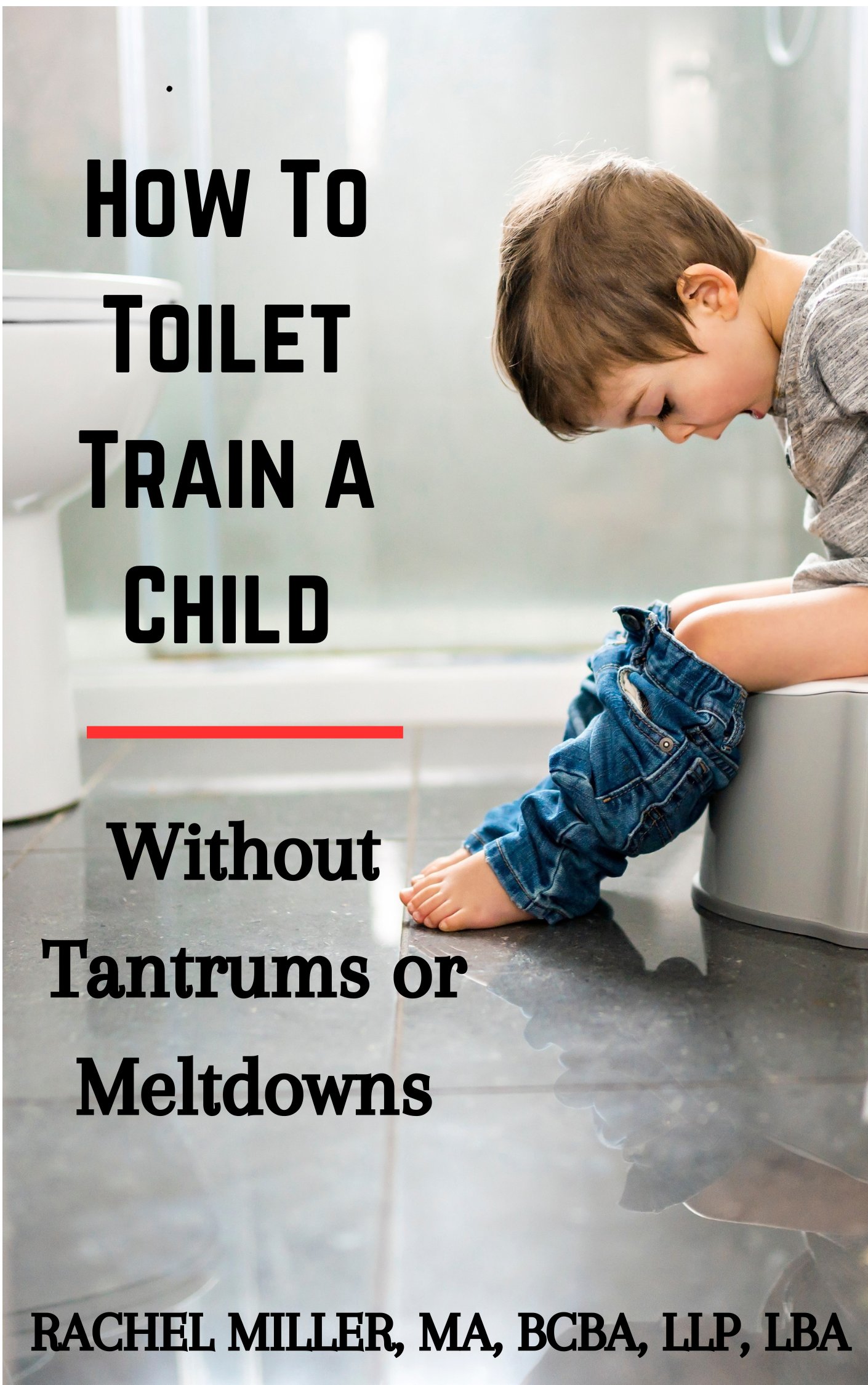How to Handle Attention Seeking
Behavior in Children: Practical Tips for Parents

Attention seeking behavior can leave parents feeling drained and overwhelmed. If you’ve ever thought, “Why is my child always demanding attention?”—you’re not alone. These behaviors are common among children, but they often appear more intense in kids with ADHD, autism spectrum disorder, or sensory processing disorder (SPD)—especially sensory-seeking types.
The good news? With the right strategies, you can reduce attention seeking behaviors while strengthening your bond with your child. Below, we’ll explore why children engage in these behaviors, what they may be trying to communicate, and how you can respond in positive, effective ways.
What Does Attention Seeking Behavior Look Like?
Children may seek attention in both positive and negative ways. Sometimes it looks harmless—like being goofy to make others laugh or repeatedly asking someone to play. Other times, it can escalate into more concerning behaviors, such as:
- Constant interruptions when you’re busy
- Clinginess or whining
- Aggressive outbursts toward others
- Self-injury or destructive behavior
Even negative attention, such as scolding or reprimands, can reinforce these actions. Why? Because the child’s ultimate goal is the same: to capture your focus.
Why Some Children Show Strong Attention Seeking Behaviors
Kids with communication challenges or developmental delays often rely on behaviors rather than words to express needs. For example:
- A child with limited speech may throw a tantrum or lash out aggressively to get food or help.
- A child with ADHD may struggle with impulse control and constantly interrupt or demand play.
- A sensory-seeking child may push limits just to feel engaged or stimulated.
For many parents, the first instinct is to ignore negative behaviors and only reward positive ones. While that is a cornerstone of behavioral strategies, it’s not always easy—especially when behaviors intensify into what’s known as an extinction burst (a temporary increase in unwanted behaviors when you stop reinforcing them).
The Underlying Message: Unmet Needs
At its core, attention seeking behavior usually signals an unmet need. Instead of reacting only after the behavior starts, it’s much more effective to anticipate and address these needs before they escalate.
For example, when my son (born in 2006) was diagnosed with SPD, his constant sensory-seeking drained my energy on some days. Over time, he learned ways to meet those needs without demanding constant play from us. Having siblings helped, but the real change came from applying proactive strategies consistently. In 2012, I found my daughter to have similar needs for attention as well. Balancing the two has had its challenges, but has also made connecting with them 1-1 on a regular basis something I cherish as they have become teenagers that still love to hang out with their mom.
Proven Strategies to Reduce Attention Seeking Behavior
1. Schedule Special One-on-One Time
Children crave connection. By giving them predictable, dedicated time with you, you meet that need proactively.
- Aim for 15–30 minutes daily of focused one-on-one interaction.
- Allow your child to choose the activity or topic.
- Keep the conversation positive—avoid criticism or instructions.
- If they seek attention outside this window, remind them their “special time” is coming soon.
Most importantly, always follow through. Consistency builds trust and helps your child learn patience.

Photo courtesy of Eric M Martin
2. Involve Your Child in Daily Tasks
If your child constantly interrupts while you’re trying to cook, clean, or work, turn those tasks into bonding opportunities.
- Let them help with cooking by stirring, pouring, or setting the table.
- Invite them to add clothes to the washer or press the start button.
- Assign small, age-appropriate responsibilities during chores.
Involving your child not only reduces attention seeking but also builds independence and confidence.
3. Provide Frequent Positive Attention
The more positive attention you give throughout the day, the less likely your child will resort to negative behaviors. This can be as simple as:
- Praising them when they play independently
- Offering hugs or high-fives
- Commenting on their creativity or effort
Small moments of connection add up and create a buffer against attention-seeking outbursts.
4. Anticipate and Meet Basic Needs Early
Many meltdowns stem from needs like hunger, thirst, or fatigue. To reduce problem behaviors:
- Stick to predictable routines for meals, snacks, and bathroom breaks.
- Offer reminders before transitions.
- Teach your child communication strategies (such as picture communication systems or simple phrases) so they can request what they need calmly.
By anticipating needs, you prevent situations where frustration boils over into tantrums or aggression.
A Realistic Perspective for Parents
Parenting children with ADHD, autism, or SPD isn’t easy. Some days will feel exhausting, and even when you apply these techniques, progress may be slow. But consistency is key.
When I first began setting aside special time, giving proactive praise, and involving my son in daily routines, the changes didn’t happen overnight. It took weeks of patience and persistence—but eventually, the behaviors decreased, and our household became calmer.
When to Seek Professional Help
If your child’s attention seeking behavior escalates into severe aggression, self-injury, or constant disruption despite your efforts, professional support may be necessary. Therapies such as Applied Behavior Analysis (ABA) or parent training programs can provide structured guidance tailored to your child’s unique needs.
Final Thoughts
Attention seeking behavior can be challenging, but it’s also a sign that your child is trying to connect with you. By scheduling special time together, involving them in tasks, anticipating needs, and offering frequent positive attention, you can help your child feel secure without relying on disruptive behaviors.
Remember: consistency, patience, and empathy go a long way. Over time, these strategies will not only reduce negative attention seeking but also strengthen your relationship with your child.
If you haven't already, be sure to check out my ebooks, now on Amazon!

